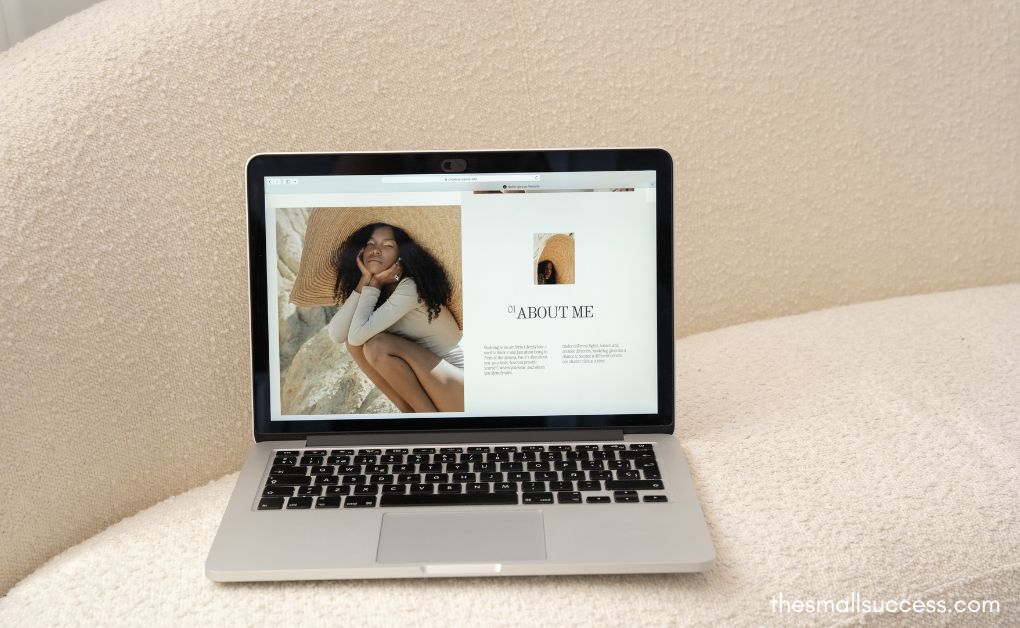In today’s crowded online world, your personal brand isn’t just a nice-to-have — it’s essential. Whether you’re a freelancer, consultant, coach, or small business owner, people are hiring YOU, not just your services. And if you don’t shape how you show up, you leave your reputation in the hands of chance.
This ultimate beginner’s guide will walk you through everything you need to know to start building a personal brand that attracts the right clients — even if you’re starting from scratch.
What Is a Personal Brand (and Why Does It Matter)?
Your personal brand is how people perceive you professionally — it’s your reputation, your story, and the unique value you bring.
- Builds trust before clients even talk to you
- Sets you apart from competitors
- Attracts clients who align with your values and style
- Creates long-term growth, even if you switch careers or businesses
As Jeff Bezos famously said, “Your brand is what other people say about you when you’re not in the room.”
Step 1: Define Your Brand Foundation
Before you design a logo or create a website, start with clarity.
Ask Yourself:
- Who am I helping? Identify your target audience.
- What problem do I solve for them? Focus on the results you bring.
- What makes me unique? This could be your background, style, approach, or values.
- What do I want to be known for? Think about the 2–3 core topics or strengths you want associated with your name.
Step 2: Create a Consistent Visual Identity
Your visual identity makes your brand recognizable and memorable.
Start With:
- A professional photo: Use a clear, friendly headshot on all profiles.
- A simple logo: You don’t need anything fancy — even your name in a clean font works.
- Brand colors and fonts: Pick 2–3 colors and 1–2 fonts to use consistently across your website, social media, and materials.
If you need help, tools like Canva offer free templates to create a polished look.
Step 3: Build an Online Presence
Your online platforms are where your brand comes to life.
Focus on:
-
Your website or landing page:
- This should explain:
- Who you help
- What you do
- How people can work with you (clear calls to action)
Platforms like Squarespace or WordPress make this beginner-friendly.
-
Social media profiles:
- Choose 1–2 platforms where your clients hang out (e.g., LinkedIn, Instagram, Twitter, TikTok).
- Optimize your profiles with:
- A clear bio
- A link to your website or booking page
- Consistent visuals and tone
-
Google presence:
- Even if you’re not running a big company, having a Google Business Profile can help local clients find you.
Step 4: Share Valuable Content
Content is how people discover you, trust you, and remember you.
What should you share?
- Tips, insights, or tutorials related to your niche
- Behind-the-scenes posts or stories showing your process
- Success stories or testimonials
- Personal reflections or lessons (this builds emotional connection)
If you’re unsure, start by answering common client questions. This builds authority and naturally draws in people who need your help.
Step 5: Network and Build Relationships
Your personal brand grows faster when you collaborate and connect.
- Comment thoughtfully on other people’s posts.
- Join online communities or industry groups.
- Attend local networking events or virtual meetups.
- Offer to guest post, be interviewed, or collaborate with peers.
Remember: People buy from people they trust. Relationships drive referrals and opportunities.
Step 6: Collect Social Proof
Nothing builds credibility like happy clients talking about you.
Ways to gather social proof:
- Ask for client testimonials (written or video)
- Showcase case studies on your website
- Share client wins (with permission)
- Highlight media features, awards, or certifications
Over time, these act like magnets, drawing in more potential clients.
Step 7: Stay Consistent and Authentic
The hardest part of personal branding? Sticking with it.
- Show up regularly (even once a week is better than disappearing)
- Keep your messaging and visuals consistent
- Stay true to your values and voice (don’t copy others)
Authenticity is your most powerful differentiator. Clients are drawn to real people, not polished perfection.
FAQ
Q: Do I need to be on every social media platform?
A: No! Focus on the 1–2 platforms where your ideal clients spend time. It’s better to go deep on fewer channels than spread yourself thin.
Q: How long does it take to build a personal brand?
A: Expect 6–12 months of consistent effort to see momentum. Building trust and reputation takes time, but small actions compound over time.
Q: Should I hire a designer or marketer?
A: You can start solo using free tools like Canva and Squarespace. Later, if you want to level up your visuals or strategy, hiring help can accelerate your growth.
Q: What’s the difference between a personal brand and a business brand?
A: A personal brand centers on you — your name, reputation, and expertise — while a business brand focuses on a company or product. Both can coexist, but personal brands often feel more human and relatable.
Q: Can introverts succeed at personal branding?
A: Absolutely! Introverts often excel at deep, meaningful connections — and branding isn’t about being loud; it’s about being clear and authentic.
Conclusion
Your personal brand is your most valuable asset.
It’s what sets you apart, earns client trust, and creates long-term opportunities. You don’t need to be famous or flashy — you just need to be clear, consistent, and committed.
Start small:
✅ Define your brand foundation
✅ Build a simple online presence
✅ Share helpful content
✅ Cultivate real relationships
Over time, you’ll attract clients who truly value what you offer.
If you’re ready to take the next step, explore resources like Neil Patel’s personal branding guide or HubSpot’s personal brand tips to deepen your learning.

